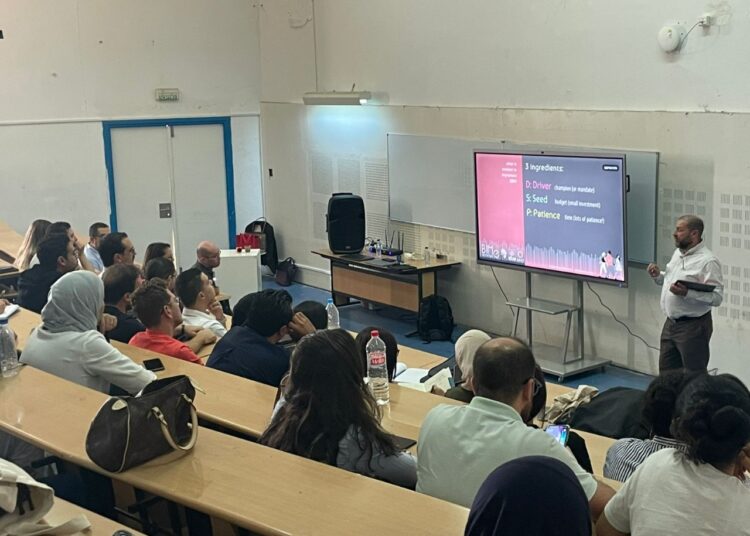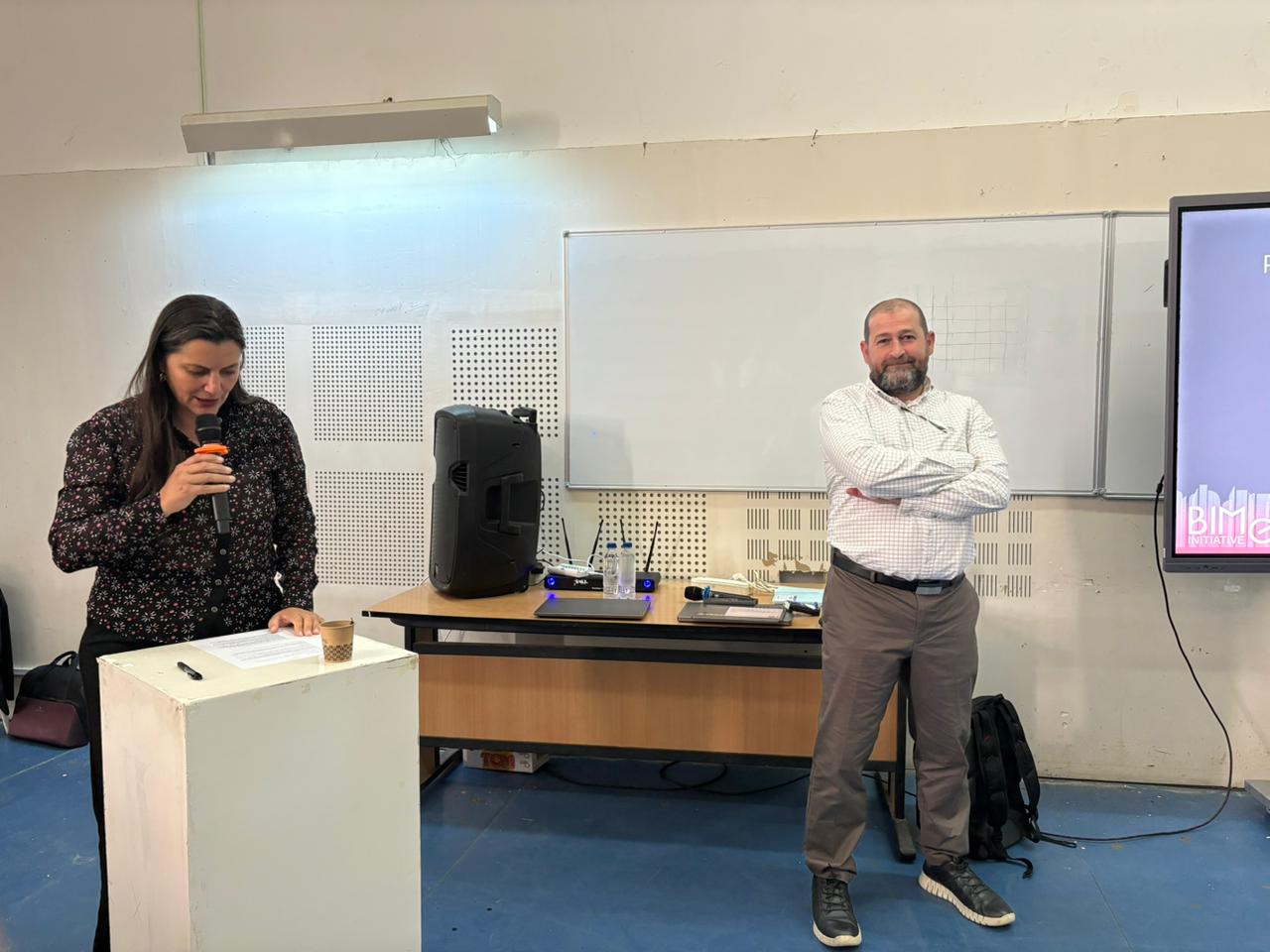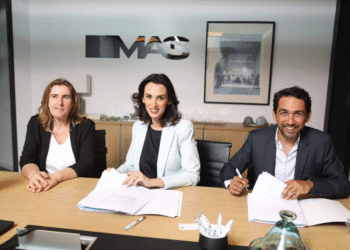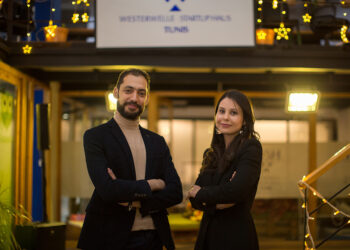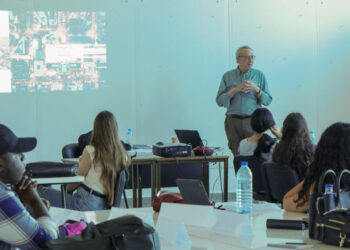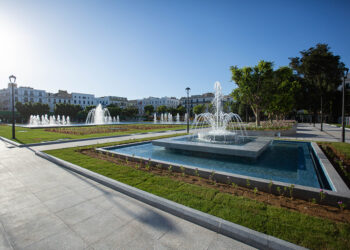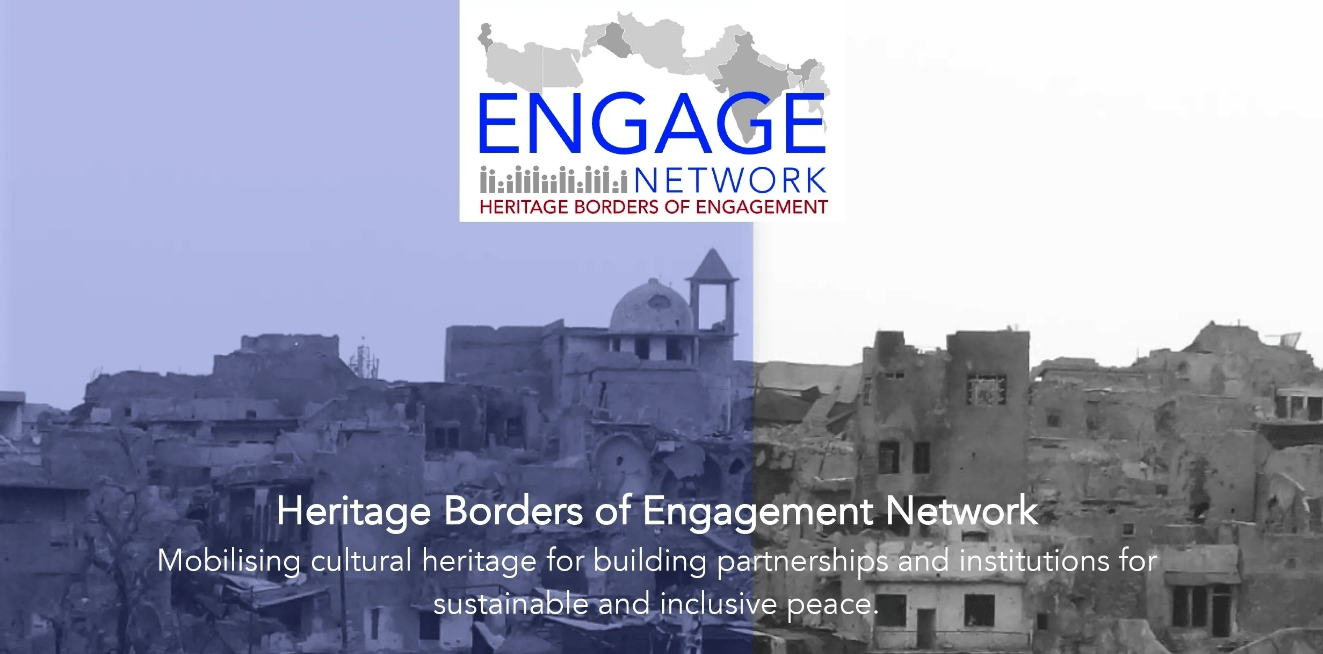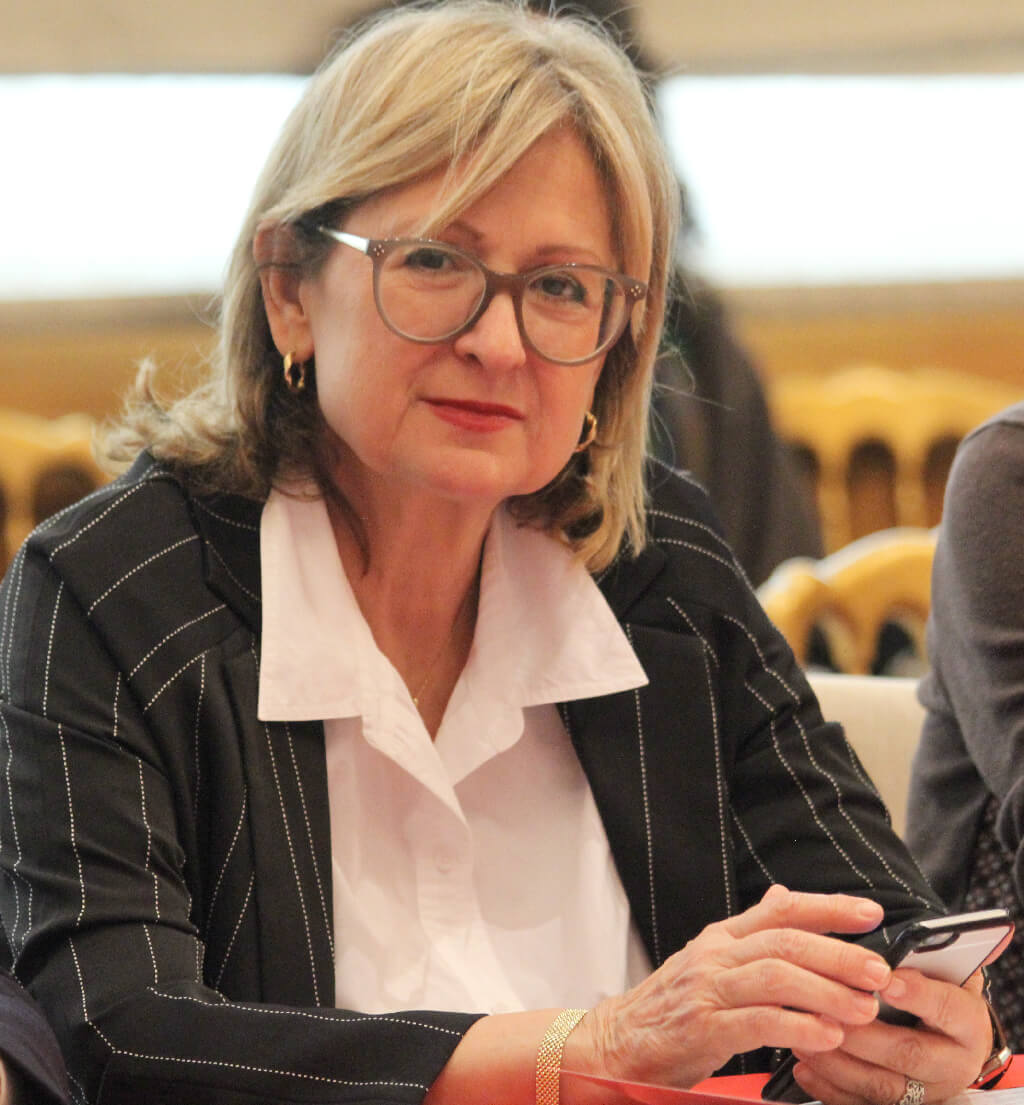The National school of Architecture and Urbanisme (ENAU) was thrilled to host a captivating and highly successful seminar with the internationally renowned BIM expert, Professor Bilal Succar. The event generated immense enthusiasm among our students, who were deeply engaged in a dynamic discussion about the future of their professions. The conversation successfully moved beyond software, framing BIM as a fundamental cultural and methodological shift for the architecture, engineering, construction, and operations (AECO) industry.
The true power of BIM isn’t in the model itself, but in the information it contains and the collaborative processes we use to create and manage that information throughout the entire lifecycle of a building or infrastructure project.
Inspired by this pivotal discussion, this document outlines a strategic model for aligning academic education with the needs of national digital transformation. The proposed framework, synthesizing Professor Succar’s insights, positions ENAU not merely as a teaching institution, but as an active co-driver of industry maturity.
A New Educational Model: From Theory to National Impact
A practical model for structuring this educational shift is the « Driver, Seed, and Patience » framework, which helps contextualize the academic institution’s role within the broader industry ecosystem. This framework positions the academic institution as the « Seed »—the central cultivator of talent and applied knowledge. This role strategically connects the institution to the two external forces that will be detailed next: the immediate market « Driver » and the long-term national « Patience, » ensuring its work is both relevant and impactful.
· The Curriculum as the Seed (Technology & Data): The « what » of education must be the seed of knowledge and capability. This requires a curricular shift from 3D modeling to comprehensive Information Management. Students must learn to create and manage structured data. The curriculum should emphasize teaching transferable processes rather than platform-specific commands. The curriculum is shaped by ongoing stakeholder input from industry and government to align with labor market demands. Furthermore, it is future-proofed by integrating emerging technologies and trends to maintain long-term value.
· The Academic Institution as the Driver (Policy & Process): The university must act as a primary driver of change. This involves developing clear BIM mandates integrated into core curricula, creating strategic multi-year roadmaps for pedagogical evolution, and establishing academic protocols. By doing so, the institution installs professional best practices from the outset, preparing students for a standardized industry.
· The Student as the Patience (People & Organization): The ultimate beneficiary, or « patience, » is the student. This involves fostering a collaborative mindset through integrated project delivery simulations with multi-disciplinary teams and, most importantly, empowering students to become the future change agents and drivers who will advance organizational and national maturity.
To translate theory into practice, will introduce a National BIM Maturity Matrix that functions as an academic compass. This framework is designed according to the specific context, to directly address critical gaps by enabling institutions to:
- Benchmark current program’s maturity to identify specific strengths and weaknesses, addressing the need for a clear, objective starting point rather than ad-hoc self-assessment.
- Align curriculum with defined national industry goals to ensure every graduate possesses the standardized, in-demand competencies required by the workforce, meeting the industry’s need for a reliable talent.
- Structure a progressive learning journey that systematically moves students from basic Awareness to advanced Collaboration, answering the urgent need for professionals who can apply integrated methodologies in real-world projects from day one.
This need-centric roadmap ensures that academic development is not an isolated exercise, but a direct and measured response to market and national demands.
University as a Co-Driver of Tunisia’s Digital Future
The vibrant exchange with Professor Succar confirmed a shared vision. By embedding these strategic frameworks, ENAU commits to graduating individuals « BIM capability » who are ready to lead. Moving from a passive follower of trends into a vital, active co-driver of Tunisia’s digital transformation, directly building the workforce required for a mature and digitally empowered AECO sector.
Dr. Bilal Succar : A Brief Professional Profile
Dr. Bilal Succar is a pivotal thought leader and researcher shaping the global digital transformation of the built environment. He is best known for developing foundational frameworks which have become instrumental for organizations worldwide. His primary contributions include the comprehensive BIM Framework, which delineates the interplay of policy, process, and technology, and the detailed BIM Competency Index, providing a structured methodology for assessing capability and performance. Through this work, Dr. Succar has provided the essential language and strategic roadmap for mastering Building Information Modeling and advancing toward a integrated digital future.
Organisation & Coordination of the conference: Dr. Ons Najjar Mansour
ARCHIBAT – Article write by : Dr. Ons Najjar Mansour




